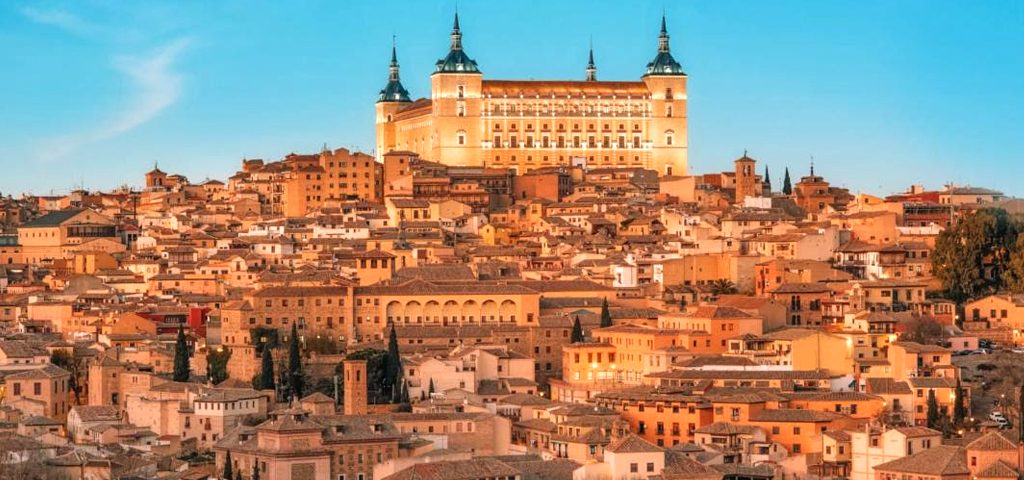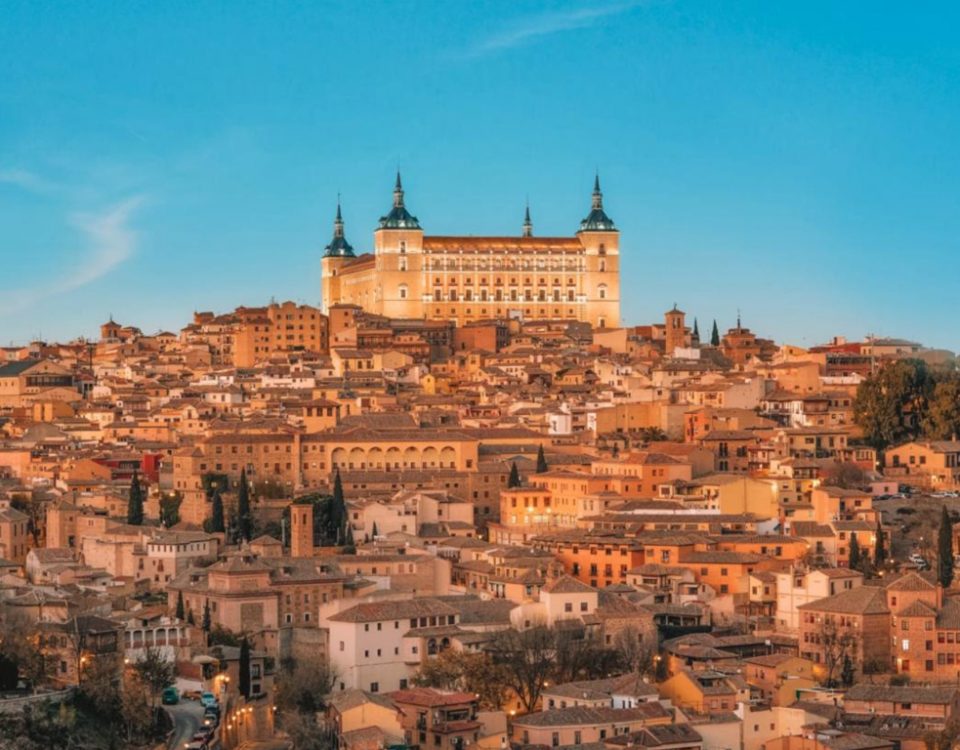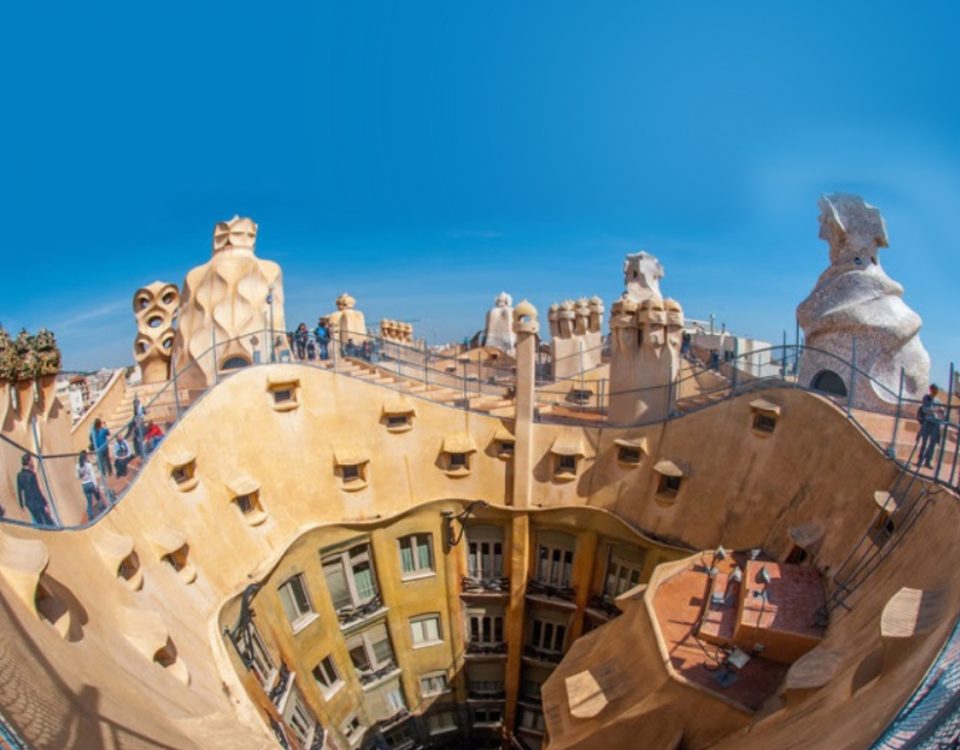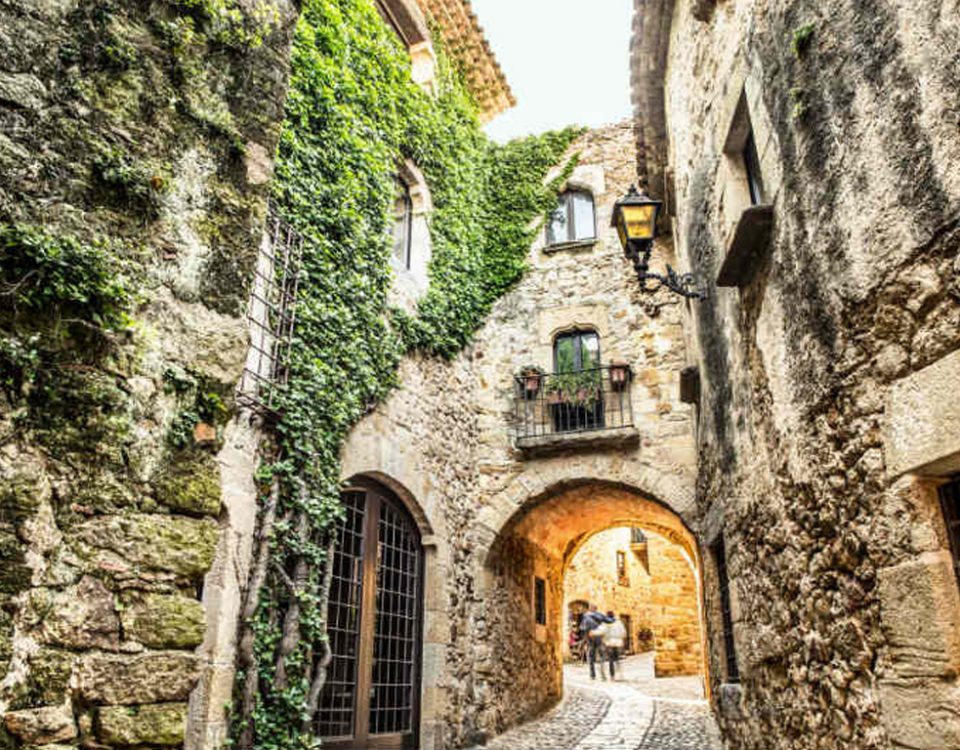Faith
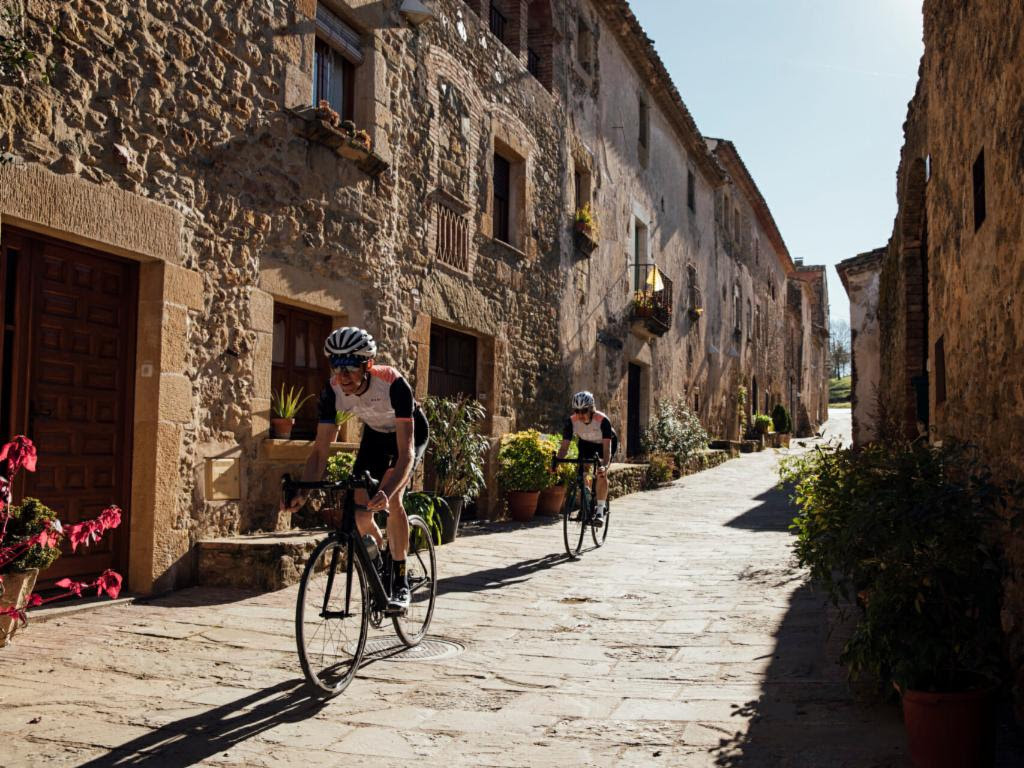
In Search of Lunch
July 24, 2020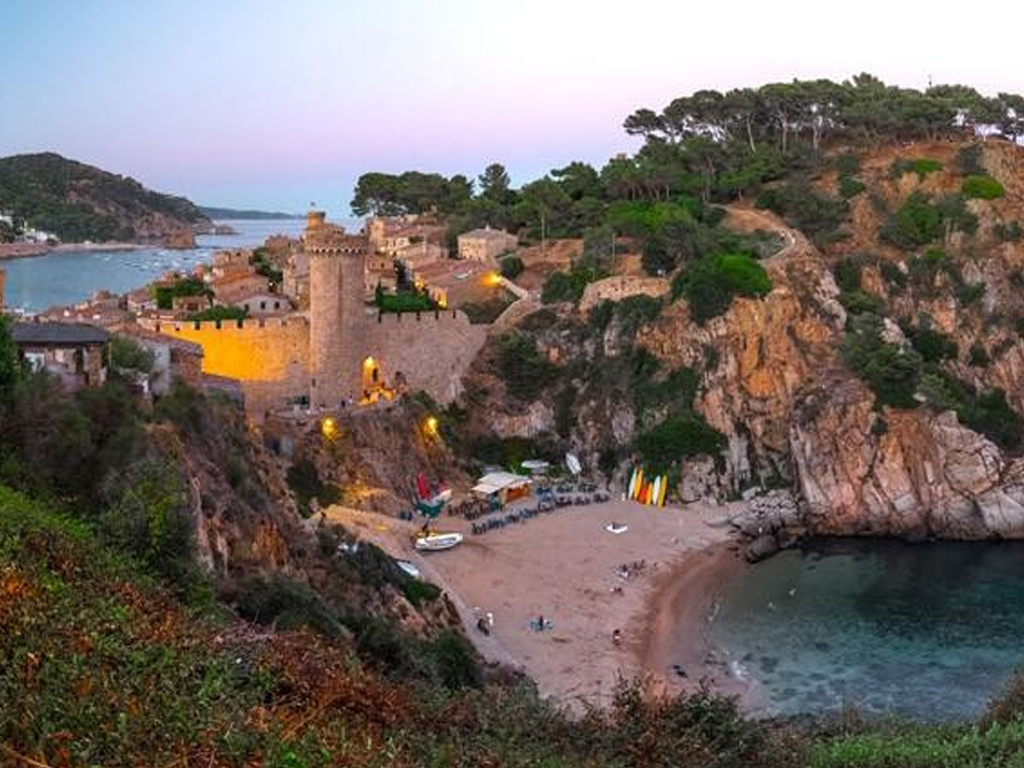
The Coastal Path
August 24, 2020Of Irish, French, Native American and Spanish descent, I afford myself the luxury of being a spiritual walker between the worlds of nature and civilization. Catholic by symbolism, a humanist embracing all religions by sensibility, forest steeples, bird sightings and moonbeams whisper hope, faith and charity to me as strongly as cities, history, learning and art.
Holy places of worship have always held a fascination. Gawking barefoot wrapped by Hindu and Buddhist temples in India and Thailand, turning prayer bells surrounding stupas in Nepal, facing minarets of mosques at the call for prayers, standing in soaring halls of Jewish synagogues, wondering at man’s capability for genius in the Sistine Chapel. I’ve been stumblingly awestruck by magnificent mausoleums of Mughal kings, diminished by majestic monuments to love that take decades to build, romanced by the architecture of Moor palace prayer rooms, breathed in the rare air of ancient temples in Cambodia and paddled the sacred Ganges alongside river dolphins and water burials at sunrise.
All these places illuminate the tapestry of humanity. Places of worship are erected to remind us of faith, in oneself and the spiritual, of love given and received. These edifices testify to journeys of quests embarked and fulfilled, rebirth, forgiveness, the circle of life, community, social support and social obligations.
Cathedrals, basilicas and churches have always left me breathless, especially medieval and renaissance ones. Stone groin and rib vaults, flying buttresses and dome cupolas defy gravity. History is memorialized by the architecture which reflects changing occupiers and religions; interiors resplendent in sculptures, paintings, sarcophagi, monuments and relics. These vivid images mirror time to rationally remind me there will always be a tomorrow, to have faith in mankind. And then there is the transcendent light.
Spain spills over with cathedrals and basilicas and we visited every single one intersecting our travels. We whisper our way through Barcelona Cathedral, Girona Cathedral, Toledo Cathedral, monasteries and synagogues. Each fascinating, the most unique and controversial is Antoni Gaudi’s Basilica de Sagrada Familia in Barcelona. Combining gothic and art nouveau engineering and architectural details to interpret the allegories of spiritual worship (seven sins, seven virtues, Last Supper, Final Judgement, etc.), the interior columns outlining the Latin Cross with five aisles resemble a forest. “…sensual, spiritual, whimsical, exuberant” it’s been described by Time Magazine. Wide, leaded, long stain glass windows capture and throw the light along the naves, converging to create a symphony of colours.
A day trip to Perpignan in the Languedoc-Rousillon region of France has us arrive at the Campo Santo Cemetary at dusk. Excited we explore this square cloister that hosts family burial places marked by coats of arms engraved in stone on the walls. An ossuary is respectfully situated in the center of the cloister for the less fortunate. It’s the witching hour, fitting light to experience one of the rare medieval cemetaries to remain in France. From the cemetary gates, almost dark, we enter the Perpignan Cathedral, an inscription overhead chilling in its dedication to faith and hope.
The cathedral’s interior evokes the supernatural this late dusk. Why ? There are less than a handful of visitors in this vast space. Votive and altar candles and metal lanterns illuminate the walls. Grinning stone chimeras, gargoyles and faces hang from stone archs. Dedicated to Saint John the Baptist, the cathedral was begun in 1324 by King Sancho of Majorca, known as the ‘Peaceful’. His likeness is beautifully memorialized in the marble sarcophogus that lays just outside the central nave. His chapel is gateless, welcoming and unadorned. No visible trappings surround his tomb to attest to his power and wealth. This cathedral and the adjacent Campo Santos is his physical testament to wealth, a gift of community, an act of love for his people.
Gazing at the monolithic chapels, I notice one of our companions gracefully and tearfully light a candle for her mother, lost to cancer. She is bursting with gratitude. In that moment I realize I have been angry with God, consciously denying a religious spiritual presence. The fuel for this anger is a painful personal situation endured for a decade I am powerless to alter or foresee ending. I felt if god loved me, I would not have been dealt this card. I have been cast out, lost to mercy, to grace. Grief wracked my ribs.
Natural light, my spiritual church has up to now, dulled my anger, sustained me. Birch tree reflections and bodies of water, dappled sunlight on forest floors, are divine beacons of hope, of regeneration. In the past, I also experienced natural light streaming through cathedral windows as transcendent, uplifting my soul. I recognize I've lost this light. It’s dark outside. The windows are black. Throughout the nave candlelight dances, a galaxy of souls, immortal, unforgotten.
A couple of mornings later, lying on my back, I wake up in the tower. Above me is a vividly coloured cupola of angels holding hands, circularly encasing me, sending me messages of protection and love. Through light in the dark, I regained my faith in my place in communities and the circle of life.
Want posts like this and more right to your inbox? Subscribe to Takes & Tales and receive Inquisitive Traveller stories, food, wine, music and reading suggestions. You’ll also learn about upcoming historical haven destinations. Subscribe today! You can unsubscribe anytime!

Holy places of worship have always held a fascination. Gawking barefoot wrapped by Hindu and Buddhist temples in India and Thailand, turning prayer bells surrounding stupas in Nepal, facing minarets of mosques at the call for prayers, standing in soaring halls of Jewish synagogues, wondering at man’s capability for genius in the Sistine Chapel. I’ve been stumblingly awestruck by magnificent mausoleums of Mughal kings, diminished by majestic monuments to love that take decades to build, romanced by the architecture of Moor palace prayer rooms, breathed in the rare air of ancient temples in Cambodia and paddled the sacred Ganges alongside river dolphins and water burials at sunrise.
All these places illuminate the tapestry of humanity. Places of worship are erected to remind us of faith, in oneself and the spiritual, of love given and received. These edifices testify to journeys of quests embarked and fulfilled, rebirth, forgiveness, the circle of life, community, social support and social obligations.
Cathedrals, basilicas and churches have always left me breathless, especially medieval and renaissance ones. Stone groin and rib vaults, flying buttresses and dome cupolas defy gravity. History is memorialized by the architecture which reflects changing occupiers and religions; interiors resplendent in sculptures, paintings, sarcophagi, monuments and relics. These vivid images mirror time to rationally remind me there will always be a tomorrow, to have faith in mankind. And then there is the transcendent light.
Spain spills over with cathedrals and basilicas and we visited every single one intersecting our travels. We whisper our way through Barcelona Cathedral, Girona Cathedral, Toledo Cathedral, monasteries and synagogues. Each fascinating, the most unique and controversial is Antoni Gaudi’s Basilica de Sagrada Familia in Barcelona. Combining gothic and art nouveau engineering and architectural details to interpret the allegories of spiritual worship (seven sins, seven virtues, Last Supper, Final Judgement, etc.), the interior columns outlining the Latin Cross with five aisles resemble a forest. “…sensual, spiritual, whimsical, exuberant” it’s been described by Time Magazine. Wide, leaded, long stain glass windows capture and throw the light along the naves, converging to create a symphony of colours.
A day trip to Perpignan in the Languedoc-Rousillon region of France has us arrive at the Campo Santo Cemetary at dusk. Excited we explore this square cloister that hosts family burial places marked by coats of arms engraved in stone on the walls. An ossuary is respectfully situated in the center of the cloister for the less fortunate. It’s the witching hour, fitting light to experience one of the rare medieval cemetaries to remain in France. From the cemetary gates, almost dark, we enter the Perpignan Cathedral, an inscription overhead chilling in its dedication to faith and hope.
The cathedral’s interior evokes the supernatural this late dusk. Why ? There are less than a handful of visitors in this vast space. Votive and altar candles and metal lanterns illuminate the walls. Grinning stone chimeras, gargoyles and faces hang from stone archs. Dedicated to Saint John the Baptist, the cathedral was begun in 1324 by King Sancho of Majorca, known as the ‘Peaceful’. His likeness is beautifully memorialized in the marble sarcophogus that lays just outside the central nave. His chapel is gateless, welcoming and unadorned. No visible trappings surround his tomb to attest to his power and wealth. This cathedral and the adjacent Campo Santos is his physical testament to wealth, a gift of community, an act of love for his people.
Gazing at the monolithic chapels, I notice one of our companions gracefully and tearfully light a candle for her mother, lost to cancer. She is bursting with gratitude. In that moment I realize I have been angry with God, consciously denying a religious spiritual presence. The fuel for this anger is a painful personal situation endured for a decade I am powerless to alter or foresee ending. I felt if god loved me, I would not have been dealt this card. I have been cast out, lost to mercy, to grace. Grief wracked my ribs.
Natural light, my spiritual church has up to now, dulled my anger, sustained me. Birch tree reflections and bodies of water, dappled sunlight on forest floors, are divine beacons of hope, of regeneration. In the past, I also experienced natural light streaming through cathedral windows as transcendent, uplifting my soul. I recognize I've lost this light. It’s dark outside. The windows are black. Throughout the nave candlelight dances, a galaxy of souls, immortal, unforgotten.
A couple of mornings later, lying on my back, I wake up in the tower. Above me is a vividly coloured cupola of angels holding hands, circularly encasing me, sending me messages of protection and love. Through light in the dark, I regained my faith in my place in communities and the circle of life.
Want posts like this and more right to your inbox? Subscribe to Takes & Tales and receive Inquisitive Traveller stories, food, wine, music and reading suggestions. You’ll also learn about upcoming historical haven destinations. Subscribe today! You can unsubscribe anytime!


